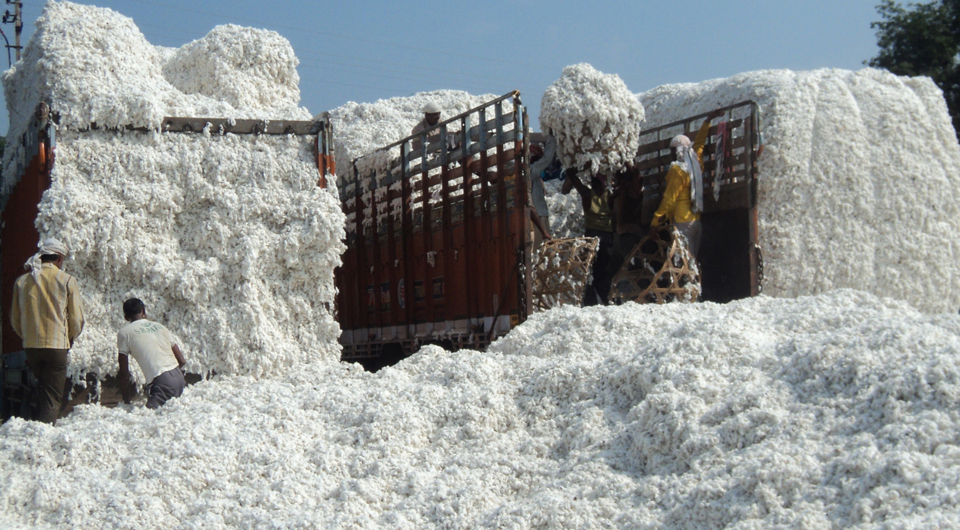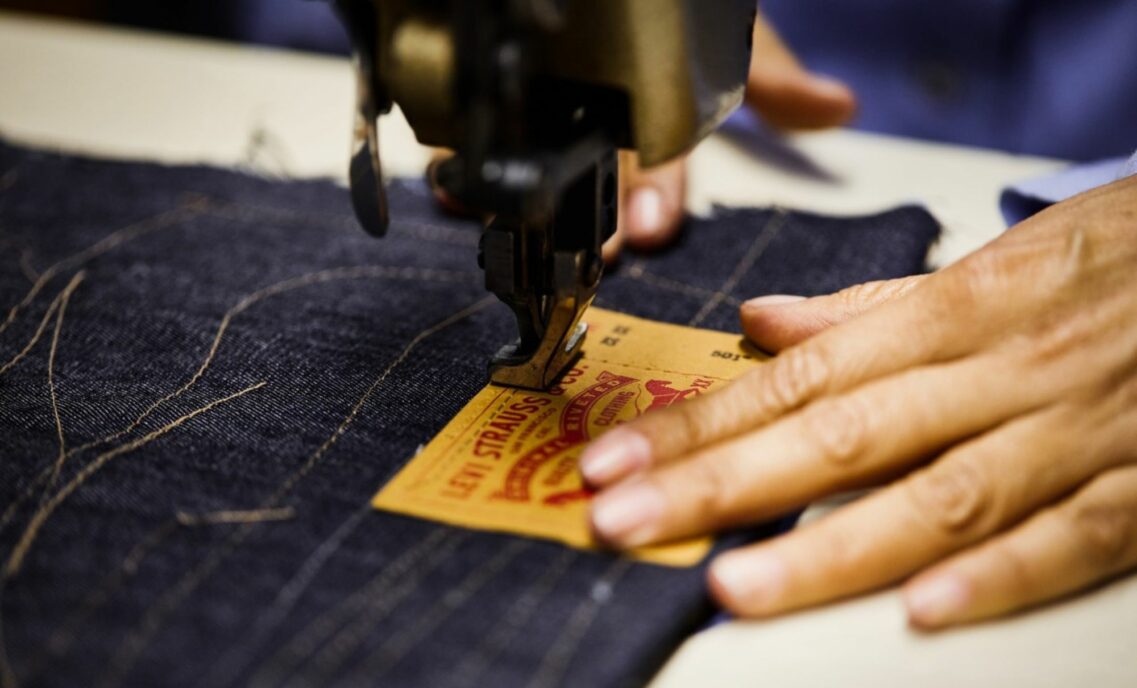Last week, the first annual report was released on the Sustainable Cotton Challenge, which encourages brands and retailers to commit to source 100 percent of their cotton from the most sustainable sources by the year 2025.
The challenge, which was launched in 2017 by Prince Charles, The Prince of Wales, as part of his International Sustainability Unit, was designed to bring key sustainable cotton initiatives – like the Better Cotton Initiative which LS&Co. is part of – under one umbrella with specific, measurable goals for the coming decades.
LS&Co. was among the first companies to join the Challenge. It also took part in a steering committee that helped craft this report, which was released by the global nonprofit Textile Exchange and found that great progress has been made. For instance, there are now 39 signatories, up from 13 when the challenge released its first communique two years ago.
“We were proud to be a member of the steering committee that helped launch and define the contours of this program,” says Michael Kobori, LS&Co. “And we are even more proud to see the progress that’s been made – both in and beyond our own company. The drive for more sustainable cotton across the industry will have a huge impact over time, and it’s one of the biggest things that apparel companies can do to help not only the planet and the communities in which we work, but their own businesses in the long term.”
In a Q&A from the report with Liza Schillo, manager in Sustainability for LS&Co., she notes the links between our work on cotton, our work on climate change and our ongoing exploration of new frontiers like regenerative agriculture and recycled cotton. She also highlights the importance of bringing together different companies and sustainability standards to get a real picture of where progress is being made and where more needs to be done.
“Greater transparency across the supply chain and stronger, more strategic relationships between supply chain partners will be critical to the much-needed widespread adoption of sustainable farming practices, not just in the U.S. but around the world,” she said. (Textile Exchange had also ranked LS&Co. in the top ten for three different preferred materials categories late last year: third in responsibly sourced down by volume, eighth in preferred cotton by volume, and seventh in use of lyocell by volume.)
Embracing these practices is one aspect of our dual-track approach to driving greater adoption of sustainable cotton in its products and across the industry. The first largely centers on our commitment to source 100 percent more sustainable cotton, which includes cotton from Better Cotton Initiative (BCI) growers by 2020, along with organic and recycled cotton. The second track involves working with others in the industry and beyond to find ways to collectively amplify efforts undertaken by individual companies to reduce water and chemical use on cotton crops, and support more sustainable livelihoods for the people growing them.
The Sustainable Challenge report indicates that there has been movement in the right direction – but also that much more remains to be done.







